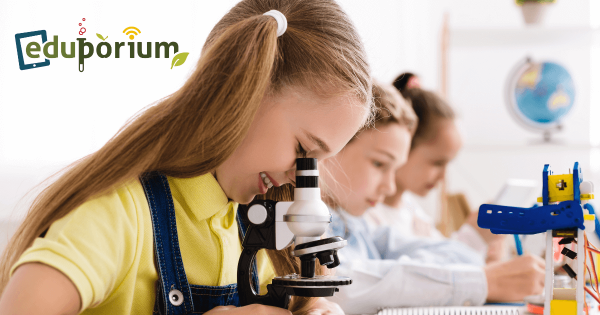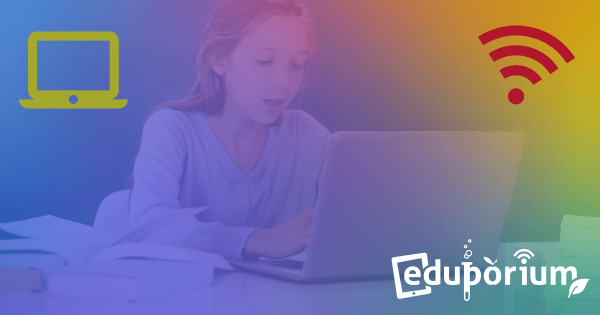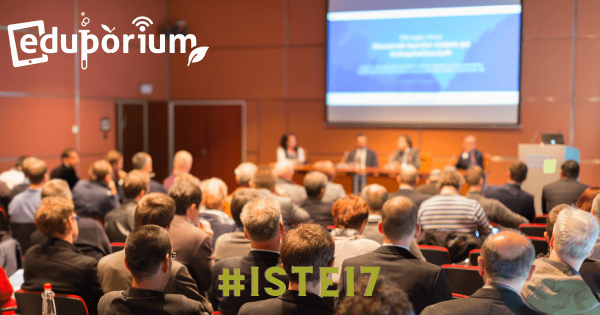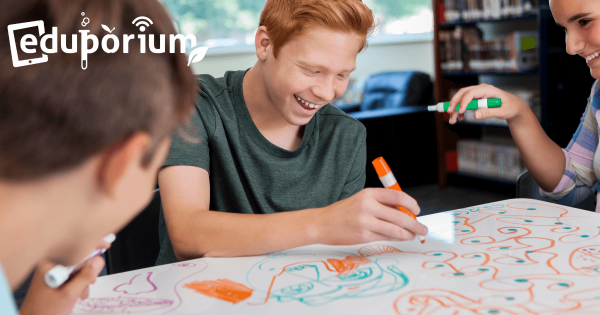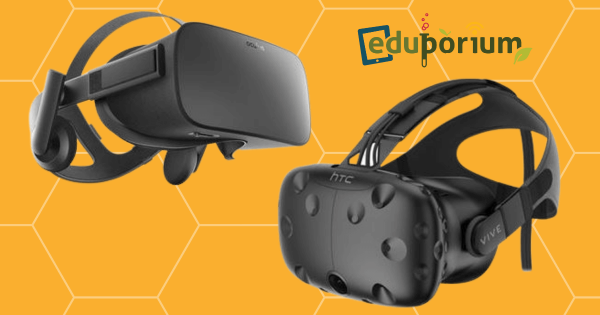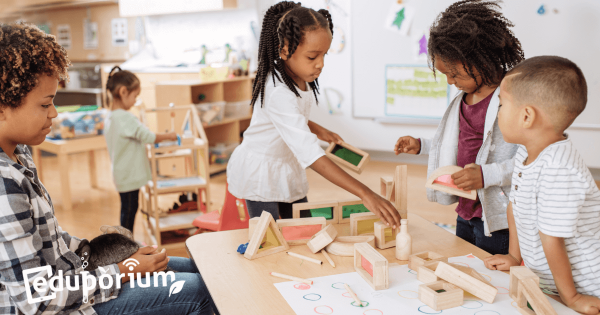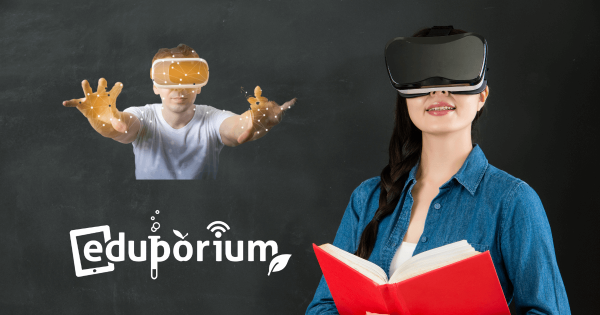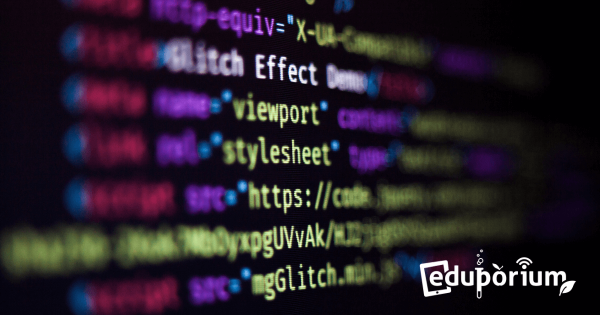The fact is that not all students learn in the same ways. Some are visual learners. Others need to hear things multiple times before it sticks. And, still others require a hands-on component so they can learn by doing. There is no wrong way when it comes to students’ learning style preferences and 21st century teachers have taken notice of
Eduporium Weekly
Our longest running current blog series, the Eduporium Weekly is your source for relevant education topics. Whether it's related to EdTech, STEM, SEL, makerspaces, soft skills, equity, CTE, or any number of other things, you are sure to find some relevant content here. Our team remains committed to providing intriguing and up-to-date opinions and perspectives on the most important topics—whether they're technology-based or not. Every week, we share our thoughts about those key topics in education. Giving educators a Saturday morning read, many of our Eduporium Weekly posts reflect recent happenings, important updates, or, sometimes, some fun revelations. We're also very fortunate to serve a community of such committed educators. For that reason, we strive to keep our thoughts and content fresh. And, this section of our blog is a great place to go for just that.
Whatever is happening in education, we believe our committed team members help educators adjust. As we've seen, technology has a place in all types of learning—as long as educators integrate it strategically. As debates and discussions in STEAM and general education evolve, we adapt this content to continually educate, inform, and entertain. Our perspective may be a bit unique but our collective expertise on these topics is always improving. We also encourage you to browse the pages or search for a topic of your interest on the left of your screen. We certainly take pride in being up to date with what teachers are experiencing. From our entire team, we hope this content truly provides you with guidance and inspiration. Check back every weekend, as well, for the latest edition of the Eduporium Weekly.
-
What We Can Do to Get More Girls In STEM
It’s incredibly discouraging, but, for one reason or another, women have not always had the same opportunities when it comes to STEM careers as men. To provide girls with the opportunities they deserve, educators have to get them interested from the onset. Whether it’s during the school day or during the summer, girls need more opportunities. -
Eduporium Weekly | Thoughts on Chromebooks and Classrooms
Mobile learning is making its way into K-12 education just as mobile technology is making its way deeper and deeper into our everyday lives and the best way for students to stay connected and be able to learn on the go is with Chromebooks—affordable, portable, and educational laptops for the 21st century. -
5 Reasons To Meet Us At The ISTE '17 Conference
If you’re so inclined to come visit us during our three days at the ISTE Conference, we would certainly welcome everyone, especially teachers, librarians, administrators, and makerspace leaders! If you need some more convincing, here are some extra incentives for you to drop by our interactive booth! -
Eduporium Weekly | The Makings Of Modern Maker Education
MakerEd includes everything from informal constructive play with everyday objects, glue, and tape to large-scale 3D printing or sometimes even some digital fabrication. Modern makerspaces have become a popular place for creative-minded students to show off their making skills and inventiveness and thousands of educators have now built in-house areas for making. -
Eduporium Weekly | 5 Ways We Help Educators Excel
At Eduporium, we all know what it takes to provide an enriched, authentic, and inclusive 21st century education that will truly prepare today’s kids for real-world challenges. We also know this isn’t easy for principals and their teachers to attain. There are burdens to innovating in education, including, most notably, high costs of modern learning tools. -
Eduporium Weekly | VR and Its Real-World Applications
As time goes by, virtual reality is becoming more than an insanely cool way to play video games or watch movies. It’s helping train STEM professionals and prepare people for the workforce and some of the common uses that could soon be a regular part of virtual reality. It’s also an effective instructional tool across K-12. -
Eduporium Weekly | Activating Active Learning
If there are two students in the classroom and one is following along, trying to stay awake while a classmate recites a passage from their textbook and the other one is living the concepts the first one is reading about, which do you think is more fully engaged? No, this isn’t a trick question. The answer is Student 2 and -
5 Educational VR Systems you Need in your Classroom
Virtual reality is coming. And, it’s coming quicker than most of us realize. Even in education, virtual reality is finding its way into the classroom and offering students the chance to explore learning with a technology that’s unlike anything else. With its immersive capabilities and incredibly vivid graphics, VR is poised to disrupt education. -
Eduporium Weekly | What's Shaping K-12 CS Education?
Students as young as first or second grade are able to experience what it’s like to think like a computer scientist thanks to technology tools that replicate the process in a way that’s introductory and age appropriate. Today, computer science is a necessity and, in schools, its prevalence is finally starting to reflect that.





